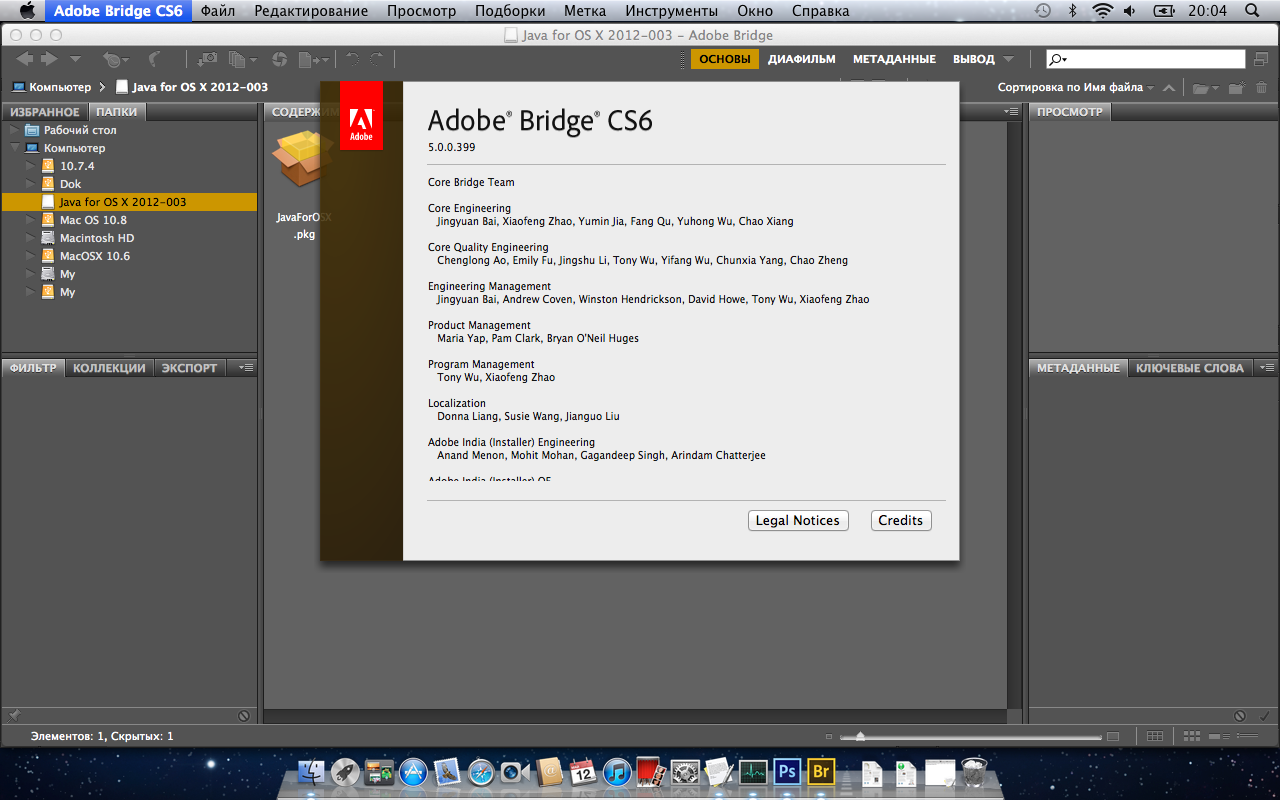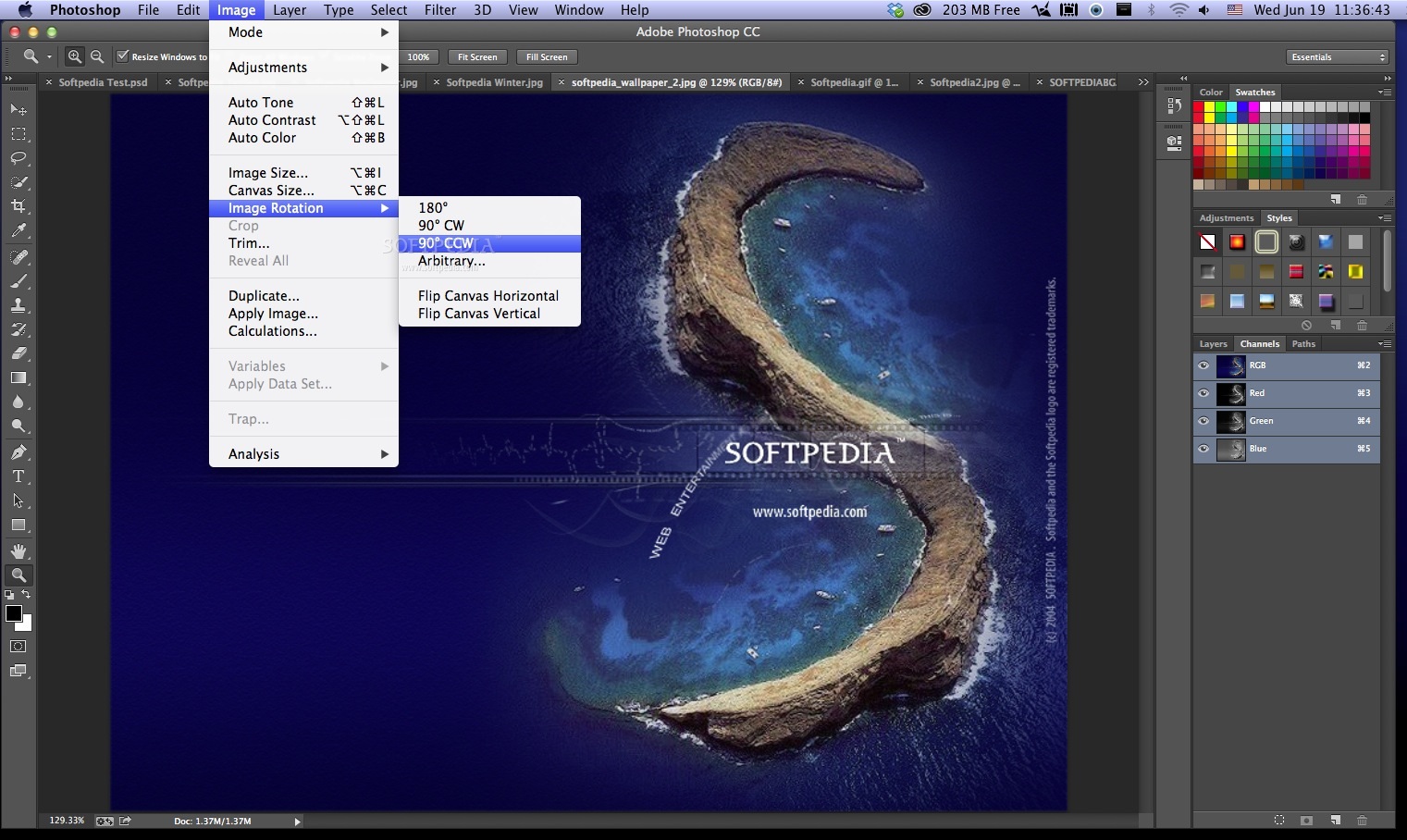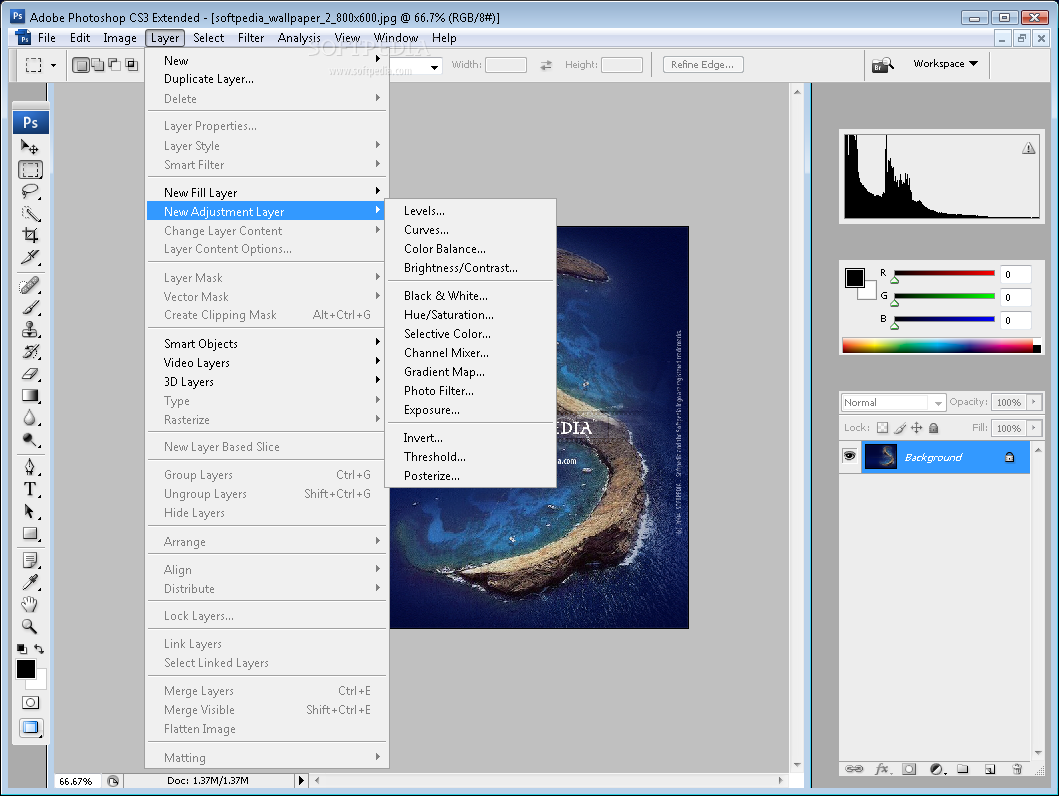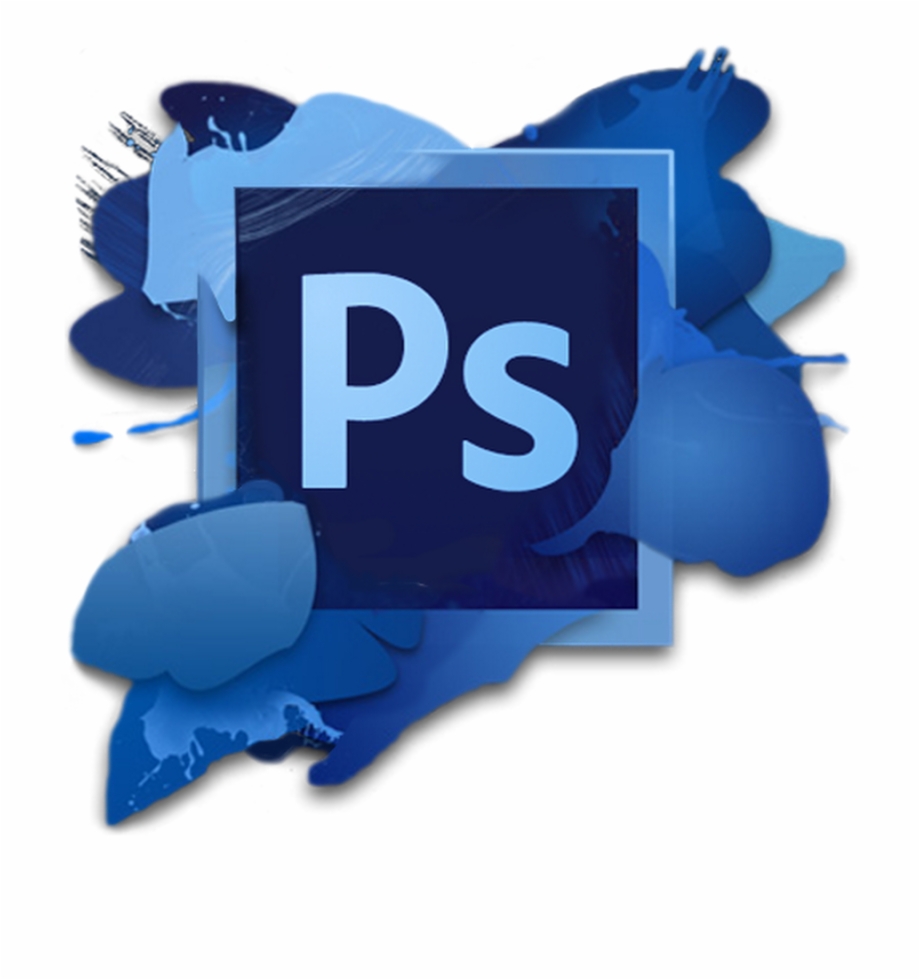
A Batch feature applies an action to a folder of images, but this, too, is limited. You’ll still have to make a few selections during the process, but the action automates the majority of filtering, layering, and more. For example, all the steps that go into making a drop shadow can be grouped as one action. It’s not scripting, exactly, but is terrifically useful.

You can work around this, though, by inserting a stop in an action you then select an area, and the action will continue. It records most common keyboard commands and menu choices, along with dialog hox settings and button pushes, but not tool usage and selections (sets of predefined actions can be found on The Disc). This palette, however, isn’t as intuitive or editable as most users will expect. In the palette you define an “action” - multiple commands to be executed with one key-stroke (or button push). In addition, Adobe replaced the basic, simple, yet useful Commands palette with a much more powerful, but complex, Actions palette. To make the transition a wee bit smoother, different cursors (which, despite their small size, accurately convey what will happen when you click/drag) appear when you hold down the different modifier keys with each tool. The relearning curve is steep but short, and after a few hours of muttering and undoing, you’ll find that the new setup is more convenient and practical. For instance, the command key now always accesses the Move tool (analogous to Illustrator’s Selection tool). Illustrator users will also find the new key commands enticing jumping between the two programs is even easier. Many of the tools remain the same, but in place of the old “Option-click to switch” method of changing tools in each slot, the more practical, Adobe Illustrator-like “pop-out tools” are used. For example, command-Y now selects the Pencil tool rather than the Type tool, and switching between Layer and Mask for editing is now done by pressing command-backslash for the former and command-grave/tilde for the latter. The toolbox has been reorganized, and along with it, the standard key commands used for manipulating selections. To many users, many of Photoshop 4’s strengths initially will appear to be weaknesses, managing to both disappoint and frustrate veterans of version 3.0.
#Basic adobe photoshop for mac upgrade
Adobe Photoshop 4.0 is in many ways the least significant major upgrade to Photoshop ever, but what has changed will dramatically improve the way you use the software. It’s been two years since Photoshop has had a major upgrade, five years since the program jumped more than half an integer.


Its compatibility with both 68K and PowerPC Macintosh computers made it accessible to a wider range of users.
#Basic adobe photoshop for mac software
Photoshop 4.0 was a significant improvement over previous versions of the software and helped establish Photoshop as the industry standard for professional image editing. This version also introduced support for the new Photoshop Plug-in architecture, which allowed third-party developers to create add-ons and extensions to expand the software's functionality.

One of the notable features of Photoshop 4.0 was the addition of "Actions," which allowed users to automate repetitive tasks and create custom workflows. This version of Photoshop introduced a number of new features and enhancements, including a new color correction tool called "Curves," improved support for layers and masks, and better handling of text and vector graphics. It was designed to work on both the 68K processor-based Macintosh computers as well as the newer PowerPC-based models. Adobe Photoshop 4.0 for Macintosh 68K + and PowerPC is an image editing software that was released in 1996.


 0 kommentar(er)
0 kommentar(er)
